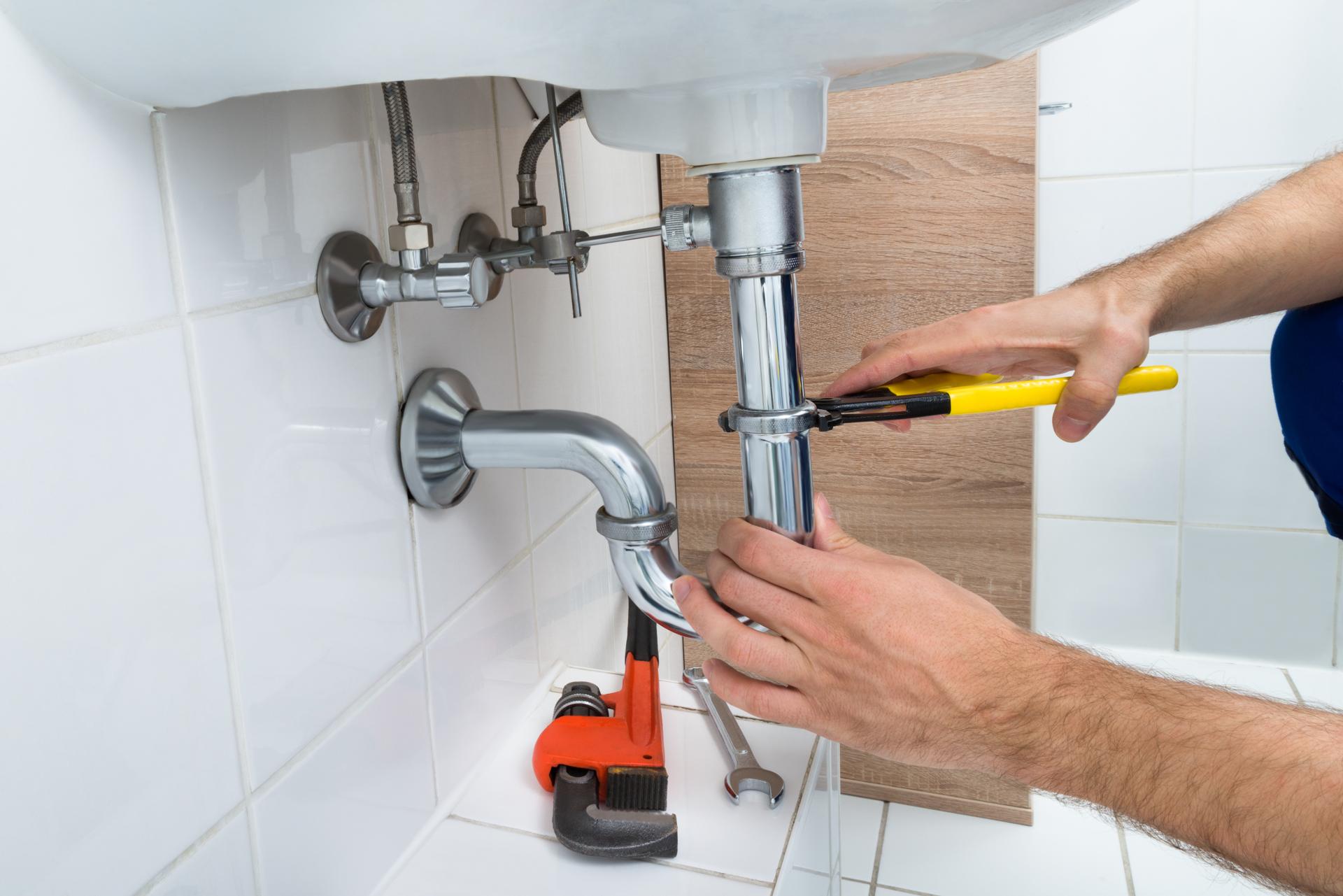Everything You Need to Know About Replacing Your Plumbing: What to Expect and When

Plumbing is an essential part of any home and provides us with safe water to drink, cook and for cleaning, as well for the disposal of waste. Like any other appliance in your home plumbing is likely to become worn out and need replacement.
Understanding when it’s time to change your plumbing system is essential to prevent costly repairs and prevent health risks. In this article, we’ll go over the indicators that show your plumbing needs to be replaced, the factors to take into consideration before replacing your plumbing, the plumbing replacement process, the benefits in replacing the plumbing, and a section on FAQs to address any concerns you might have.
The signs that it’s time to replace your plumbing
There are many indicators that suggest your plumbing is in need of being replaced, for example: Leaks: If you notice water spots or puddles in your house, it’s a sign of a plumbing leak. Leaks can cause severe damage to your home’s structure and can lead to the growth of mold and it’s important to address them promptly. Rust: Rusty pipes are a clear indication that your plumbing is in need of be replaced. Rust could contaminate the water you drink, making it unsafe to consume or cook with. Low water pressure: If your showerheads or faucets are producing weak water flow, it’s a sign of low water pressure and is caused by corroded pipes or blockages. Water discoloration, such as yellow or brown, is a sign of sediment or rust buildup in your pipes. This could affect the taste and the quality of your water and may be a sign of the need for a plumbing repair.
Factors to Consider Before Replacing the plumbing
Before replacing your plumbing, there are a variety of things to think about, including: Age of the plumbing system: Plumbing systems have a lifespan of approximately 50 years, so should your home be over that time, it’s most likely that it’s time to replace. Cost of replacement replacing your plumbing could be expensive, so it is important to plan for the expense. The severity of the plumbing issue: If your plumbing issues are extensive and affecting several parts of your house then replacement could be the most effective option.
What can you expect during the Plumbing Replacement Process
The plumbing replacement process involves various steps, which include shutting off your water source Your plumber will have to turn off the water supply to your residence to prevent any water damage or leaks. Remove old pipes Old pipes need to be removed, which may require cutting into walls or floors. Installing new pipes: New pipes will be installed, which may require rerouting to ensure proper water flow. The length of time for the replacement of plumbing will depend on the dimensions of your property and the difficulty of the job. Homeowners should expect disruptions during the process, including water shut-offs as well as damage to floors and walls.
Benefits of Replacing Plumbing
The replacement of your plumbing has many benefits, including increased water efficiency Plumbing fixtures and pipes have higher efficiency, which means reducing the use of water and your utility bills. Better water quality: Replacing older, corroded pipes new ones will enhance the water quality, making it safer for drinking and cooking. A lower risk of future plumbing problems New plumbing will be less likely to create obstructions or leaks, which reduces the need for expensive repairs in the future.
Conclusion
The replacement of your plumbing is a significant investment, but it’s essential to ensure your home’s safety and security. If you know the indicators that indicate your plumbing needs replacement, taking into consideration the elements that influence replacement and knowing what to anticipate during the replacement process, you will be able to make an informed decision regarding the plumbing in your home. Make sure to remember that replacing your plumbing offers several advantages, including improved water efficiency, improved water quality, and reduced risk of future plumbing problems.
FAQ Section
How much does it cost to replace the plumbing?
The cost to replace your plumbing will be contingent on many factors, such as the dimensions of your home and the difficulty of the job, and the materials used. In the average, homeowners will need to pay between $5,000 to $10,000 for a whole-house plumbing replacement.
How long will it take to repair plumbing?
The timeline for plumbing replacement will depend in the area of the home as well as the complexity of the work. A typical whole-house plumbing replacement could take from two and four weeks.
Do I need to change my plumbing system if there is an issue with my plumbing?
If you have a single water leak within your pipes, it might not need a full replacement. If you’re experiencing a lot of leaks or observe other indications of plumbing issues, replacement could be the best choice.
Can I replace my plumbing on my own?
The replacement of your plumbing is a complicated job that should be left to the expertise of a qualified plumber. Attempting to replace your plumbing yourself can result in costly errors as well as safety hazards.
What type of pipes do I need to use for my plumbing replacement?
There are a variety of plumbing pipes for replacement, including copper PVC, and PEX. Your plumber can suggest the most appropriate type of pipes based on your specific needs and budget. To conclude, the replacement of your plumbing system is an important decision to make by taking careful consideration. If you are aware of the indicators that indicate your plumbing needs replacement, considering the factors before replacement and knowing what to expect during the replacement process, you can make an informed choice about your home’s plumbing. A qualified plumber will guide you through the process and guarantee an efficient and successful replacement of your plumbing.
